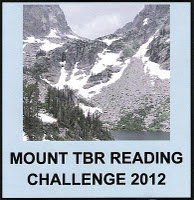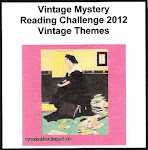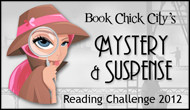 Review: Lilith’s Brood by Octavia E. Butler
Review: Lilith’s Brood by Octavia E. Butler
A keeper? I have to think about that some more.
For the first two parts, this was one of those books I wanted to read fast to find out what happens, and also wanted to read slow so I could think about the ideas. The last part – well, let’s set the stage before we talk about the last part. (Note: Lilith’s Brood is really a trilogy – Dawn, Adulthood Rites, and Imago – republished as a single book.)
If it weren’t for the Oankali, human beings would be extinct a few centuries before the beginning of this story.
Who are the Oankali? That’s what Lilith Iyapo wants to know as the saga begins. Somebody has shut her up in a very strange doorless room; somebody she never sees or hears. Her last memories are of hiking in the Andes, trying to forget her dead husband and son, when the final nuclear war broke out. She should be dead; she seems to be alive.
Eventually, an Oankali joins Lilith in her room. She’s horrified. He’s hideous, with no eyes and little tentacles all over his head. But she adjusts. She’s more or less adopted by his family and turned over to his ooloi child Nikanj to learn about the Oankali and what has happened to people. (The ooloi are the third sex among the Oankali. As the story goes on, we learn just how important they are, in a self-effacing way.) It seems that the humans who could be rescued have been healed (the Oankali are master genetic manipulators) and, mostly, kept sedated until the earth had been coaxed into supporting life again.
Much, much more happens. (Lilith’s Brood is almost 750 pages long.) The Oankali give Lilith the job of training groups of humans to recolonize earth (with Oankali partners, whether the humans like it or not). Fastforward – oh, maybe a century – and many humans, including Lilith, are back on earth. A large fraction of the humans – the Resisters – refuse to have anything to do with the Oankali, and have been made sterile. And the Resisters’ despair at being the last of their kind leads to all sorts of problems, including kidnapping young hybrids. Hybrids?
The fertile humans are the ones who have joined Oankali families to produce human-Oankali hybrid children, each with five parents – two humans and three Oankali. We follow one of Lilith’s part-Oankali sons as he grows up, develops ties to some Resisters, and fights to talk the Oankali into terraforming Mars for the Resisters. His dream is to let Mars become an independent human world where they will be allowed pure-human children. (Why not give the Resisters earth? Because, in time, the Oankali and their humans will use most of the planet as raw material for several starships and go seeking new life and new civilizations to assimilate. There won’t be enough left of earth to make a decent moon.)
So far, we have an exciting story with some meaty science fiction ideas – what does it mean to be human? Who is human? Is homo sapiens genetically doomed? (The Oankali certainly think so.) How far can you go in exploring and accepting another culture (or species) without betraying your own people?
Then comes the third section. Another century or thereabouts has passed, and another of Lilith’s children is growing up (the other parents are Tino, a human man, the male Oankali Dichaan, the female Oankali Ahajas, and the ooloi Nikanj – the same Nikanj Lilith has known since it was a child). The hybrids don’t know what sex they will be until they’re twenty or thirty years old – but everyone is surprised when this child, Jodahs, realizes it’s becoming an ooloi.
As Jodahs matures and tells its story, we realize just how powerful the ooloi really are. In human-Oankali families, it’s the ooloi who selects what genes will go into the next embryo, from which parents. They manipulate genes to change the bodies of full-grown adults – always for good, we’re told. They inject biochemical tranquilizers to soothe anyone who objects to what they are doing.
In effect, both the humans and the male and female Oankali have been domesticated, like dogs or cows, by their ooloi. And the ooloi can’t stop. Their own biochemical urges force them to tinker with everybody around them. I suppose I’ve read too much history; I can’t swallow this level of control as Officially Good, no matter what the manipulators believe they’re doing. With this last section in which we hear Jodahs’ story, Lilith’s Brood changed from thought-provoking science fiction to quiet horror.















